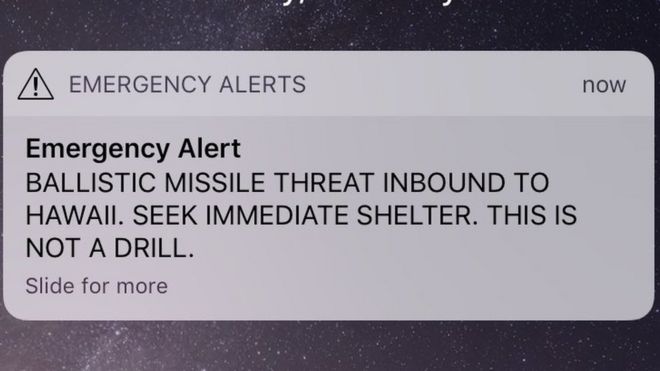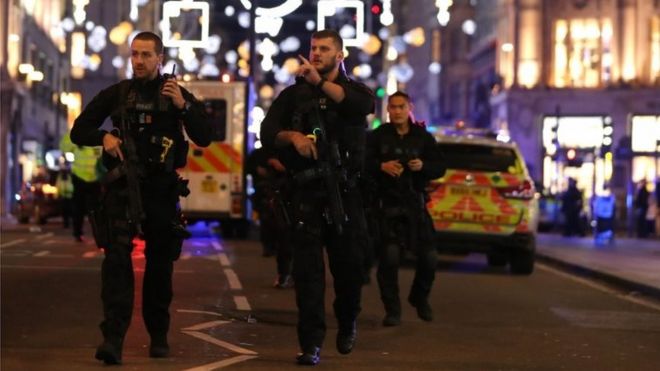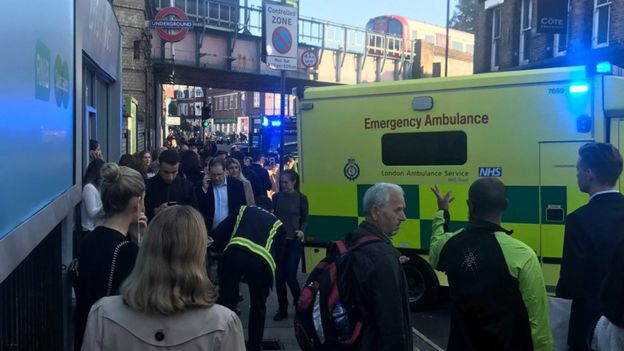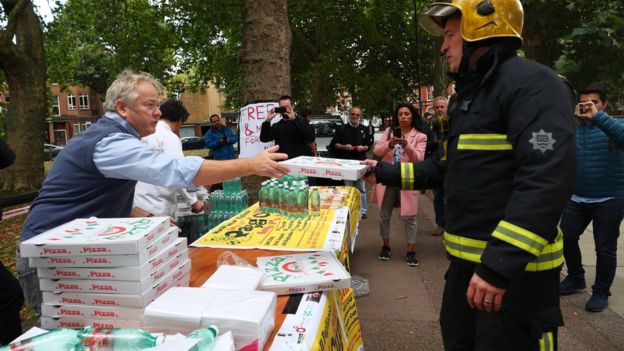What a year 2021 was! When the COVID-19 pandemic first struck in early 2020, I remember joking that I might have to change my choice of career, as there was little chance of being able to research crowds and group behaviour while we were in the various lockdowns that were imposed. How wrong I was, as myself & other social psychologists have never been busier trying to understand and predict public behaviour in response to the pandemic. In this blog, I will look at how I engaged with the media and wider public discourse in 2021, to try and help promote the public health behaviours that were necessary to prevent transmission of COVID-19.
Shared identities & collective behaviour:
Throughout the pandemic, myself and other behavioural scientists have been saying that to encourage greater compliance with any necessary public health behaviours (such as mask-wearing, social distancing, isolation etc) then it's vital during a global public health emergency to encourage a greater sense of shared responsibility via more collective identities- a concept also known as 'we-speak'. Along with previous research that myself and others have done into mass emergencies, having a shared sense of adversity ('we're all in this together') can encourage more co-operative and less selfish behaviour. However, as I discussed in my blog from May 2020 (shortly after it emerged that top UK govt advisor Dominic Cummings had driven over 300 miles to Durham while infectious with COVID-19), if the public feel that those in authority are not following their own guidelines, then this can create a sense that 'it's one rule for them & another for us' and erode public compliance with such guidelines. The importance of maintaining such a sense of shared adversity was a theme I frequently mentioned in the media interviews I was asked to do during 2021
Freedom day:
In July 2021 the media and politicians triumphantly claimed that life would return to normal as legal restrictions on behaviour were removed despite the level of new infections still remaining high. The high level of ongoing cases meant that the original proposed date for 'Freedom Day' was delayed, and in my media interviews on this topic, I highlighted that such delays risk creating possible public confusion, and that Freedom Day ended up becoming ‘be more cautious day’. Removing restrictions also suggested that adherence to COVID restrictions (mask wearing) was now a matter of personal choice and risked further undermining the public collective spirit and even risked creating division/conflicts in society between those choosing to still adhere to COVID behavioural restrictions and those that decided not to. For more details see the article that John Drury and other psychologists wrote about the psychology of Freedom Day. On a personal level, I also took advantage of the raising of restrictions to go to my first gig in 18 months which was Idles at the Eden project in September, and my thoughts about it are included in the The Psychologist
'Panic-buying'
Stockpiling behaviour is a phenomenon that has happened on different occasions during the pandemic, and, I looked at reports of 'panic-buying' in my blog before the 1st national lockdown in March of last year. I was also interviewed during the fuel crisis in September that was precipitated by a shortage of HGV drivers post Brexit. Along with others, I have repeatedly said that politicians and the media should not use the term 'panic-buying' when covering stories about shortage of goods, as it casts people psychologically in competition with each other and can quickly become a self-fulfilling prophecy. However, this advice often falls on deaf ears (not least because coverage of people queuing at petrol stations is considered more newsworthy) and I had to make the point in my frequent media appearances on this topic that the media and politicians are often to blame in exacerbating these situations. My favourite one on this topic was probably a live interview for Sky News where the interviewer got a little defensive when I said the media had to take some responsibility for the situation and someone also tweeted a photo of their cat mooning at me while I was being interviewed! (see picture below). For more on recent research into panic buying, see this pre-print of a paper that I contributed towards.
Feline commentary on my Sky News interview
Political Leadership (or not?)
A constant problem that myself and others have
raised this year is the woeful lack of leadership we have seen by the UK
government in its COVID response. John Drury’s latest blog looks at different
possible styles of COVID leadership (identity, coercive & laissez-faire),
concluding that identity leadership is the best approach to follow. However,
all too often during the pandemic, we have seen coercive and/or laissez-faire
leadership whereby the authorities don’t engage with the public and/or abdicate
leadership completely by sending out the message that it’s down to individual
choice whether people comply with public health behaviours recommended to
prevent COVID transmission.
This lack of effective leadership was illustrated in politicians’ mixed messages with regards to policies on mask-wearing and in October, I tweeted that making masks mandatory for everyone in the House of Commons except for MPs, could reduce the sense of shared adversity that is so vital in encouraging collective action by the general public to prevent transmission spread. Furthermore, statements from the Leader of the House, Jacob Rees-Mogg that Tory MPs didn't need to wear masks because they 'knew each other' could further erode such shared identities (as well as directly contradicting current scientific advice that transmission risk was greater with people you knew). For more detail on the Psychology of mask-wearing, see this article that appeared in the Guardian at the end of October
Conclusion:
Throughout my media appearances in 2021, I have constantly tried to get the message across that the public are not the weakest link in emergencies and/or pandemics, but are often wrongly treated as such by authorities, which can create problems and self-fulfilling prophesies. I would suggest that this reflects a broader distrust of public behaviour and we need a more engaging and facilitative approach to emergency management and not the coercive and/or laissez faire leadership approaches currently used by the UK government. Finally, I was asked by Sky News for my predictions for 2022 relating to COVID-19 and public behaviour- we shall see how many of my predictions are supported in 2022
References:
British Psychological Society COVID
resources
https://www.bps.org.uk/coronavirus-resources
Independent Sage briefings on COVID-19
13.30 each Friday
https://www.youtube.com/channel/UCqqwC56XTP8F9zeEUCOttPQ
Public Health England COVID-19 pages
https://www.gov.uk/government/organisations/public-health-england
Sage Pandemic Influenza Behavioural group
(SPI-B)
University of Sussex Groups & COVID
research
https://www.sussex.ac.uk/research/projects/groups-and-covid/











